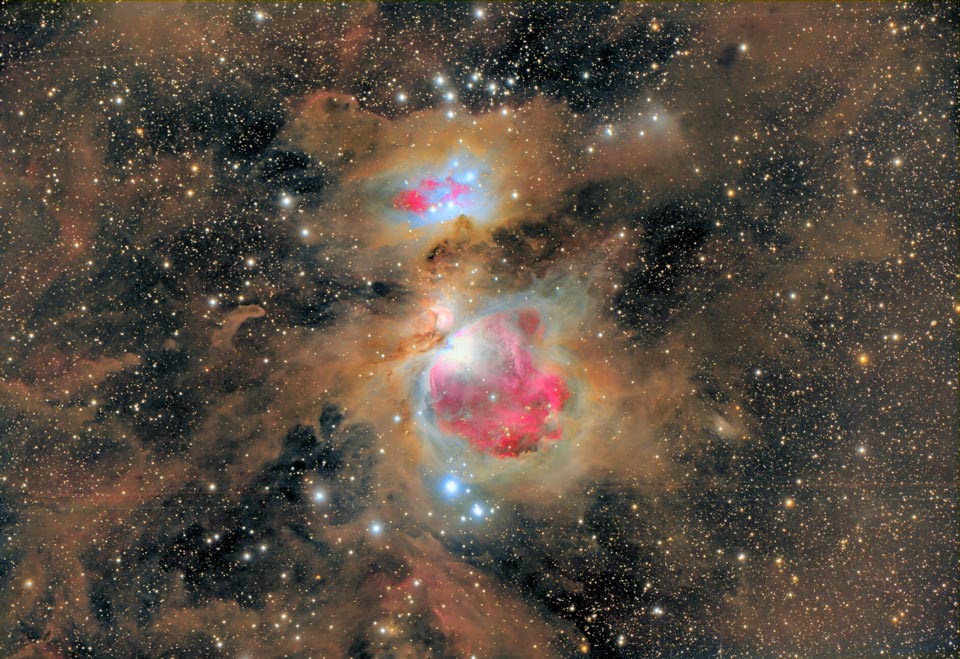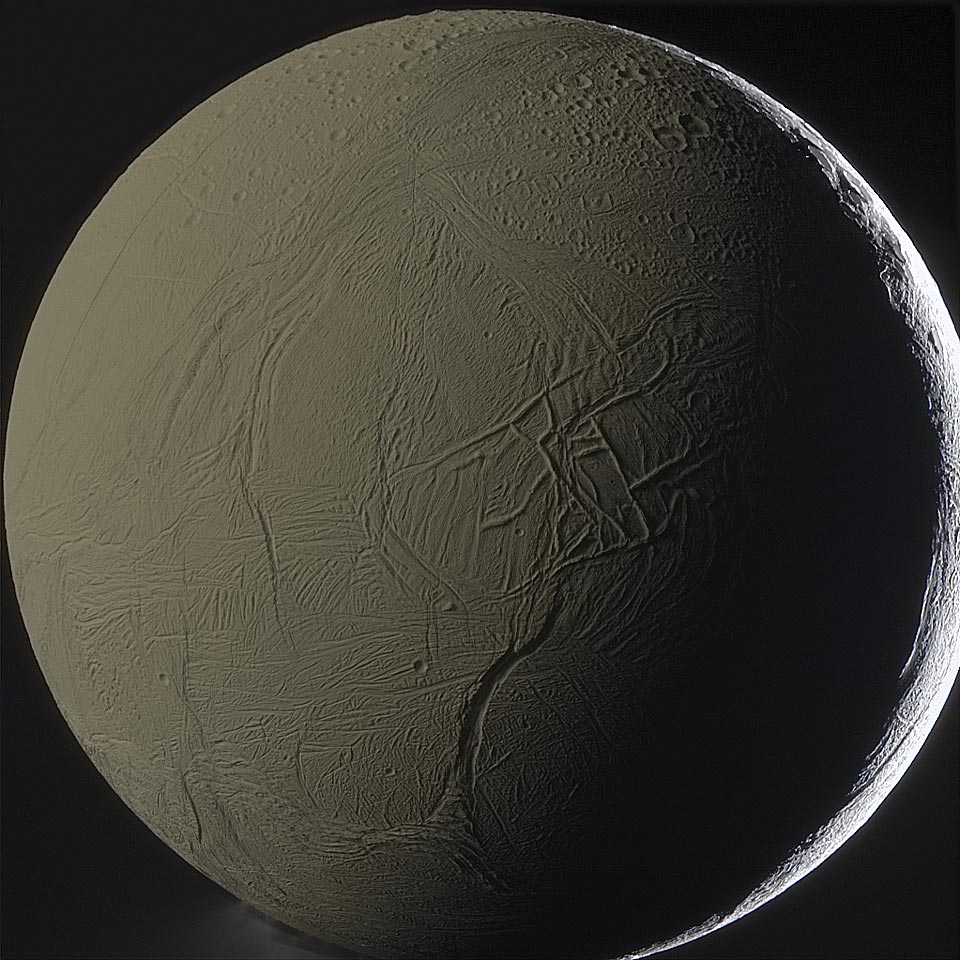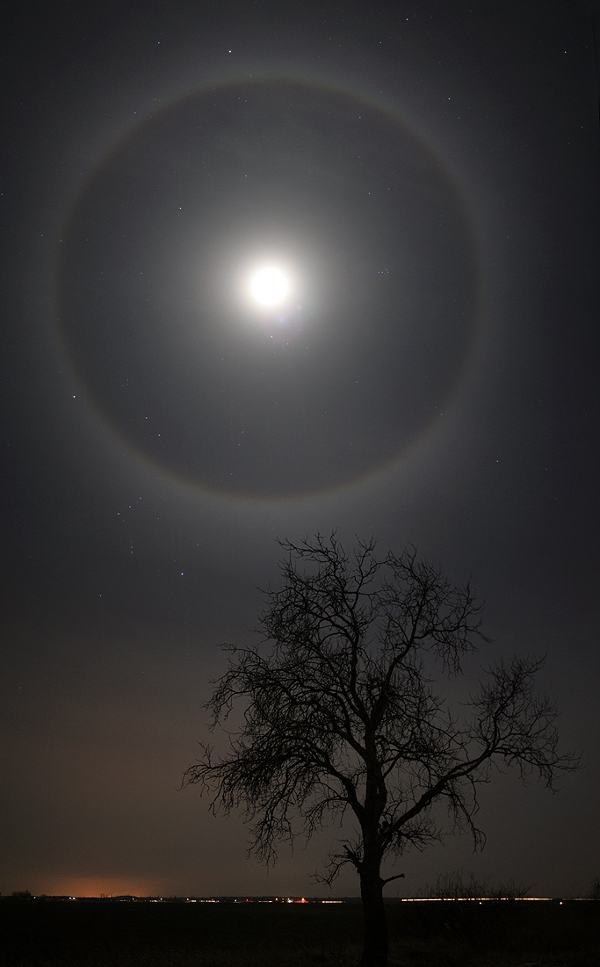Poll: Astronomy Picture of the Week for 2012 February 5-11
Posted: Mon Feb 13, 2012 8:44 am
_______________________________________________________________
Please vote for the TWO best Astronomy Pictures of the Day (image and text) of February 5-11, 2012.
(Repeated APODs are not included in the poll.)
All titles are clickable and link to the original APOD page.
We ask for your help in choosing an APOW as this helps Jerry and Robert create "year in APOD images" review lectures, create APOM and APOY polls that can be used to create a free PDF calendar at year's end, and provides feedback on which images and APODs were relatively well received. You can select two top images for the week.
We are very interested in why you selected the APODs you voted for, and enthusiastically welcome your telling us why by responding to this thread.
Thank you!
_______________________________________________________________
<- Previous week's poll
What surrounds a hotbed of star formation? In the case of the Orion Nebula -- dust. The entire Orion field, located about 1600 light years away, is inundated with intricate and picturesque filaments of dust. Opaque to visible light, dust is created in the outer atmosphere of massive cool stars and expelled by a strong outer wind of particles. The Trapezium and other forming star clusters are embedded in the nebula. The intricate filaments of dust surrounding M42 and M43 appear brown in the above image, while central glowing gas is highlighted in red. Over the next few million years much of Orion's dust will be slowly destroyed by the very stars now being formed, or dispersed into the Galaxy.
Although you've surely seen it, you might not have noticed it. During a cloudless twilight, just before sunrise or after sunset, part of the atmosphere above the horizon appears slightly off-color, slightly pink or orange. Called the Belt of Venus, this off-color band between the dark eclipsed sky and the blue sky can be seen in nearly every direction including that opposite the Sun. Straight above, blue sky is normal sunlight reflecting off the atmosphere. In the Belt of Venus, however, the atmosphere reflects light from the setting (or rising) Sun which appears more red. Below the Belt of Venus, the atmosphere appears more dark because no sunlight reaches it. The Belt of Venus can be seen from any location with a clear horizon. Pictured above last month over Mercedes, Argentina, a panoramic vista featuring the Belt of Venus was digitally stitched together from 16 smaller images. The belt is frequently caught by accident in other photographs.
This moon is shining by the light of its planet. Specifically, a large portion of Enceladus pictured above is illuminated primarily by sunlight first reflected from the planet Saturn. The result is that the normally snow-white moon appears in the gold color of Saturn's cloud tops. As most of the illumination comes from the image left, a labyrinth of ridges throws notable shadows just to the right of the image center, while the kilometer-deep canyon Labtayt Sulci is visible just below. The bright thin crescent on the far right is the only part of Enceladus directly lit by the Sun. The above image was taken last year by the robotic Cassini spacecraft during a close pass by by the enigmatic moon. Inspection of the lower part of this digitally sharpened image reveals plumes of ice crystals thought to originate in a below-surface sea.
Have you ever seen an aurora? Auroras are occurring again with increasing frequency. With the Sun being unusually dormant over the past four years, the amount of Sun-induced auroras has been unusually low. More recently, however, our Sun has become increasingly active and exhibiting a greater abundance of sunspots, flares, and coronal mass ejections. Solar activity like this typically expels charged particles into the Solar System, some of which may trigger Earthly auroras. Two weeks ago, beyond trees and before stars, a solar storm precipitated the above timelapse displays of picturesque auroras above Ravnastua, Skoganvarre and Lakselv, Norway. Curtains of auroral light, typically green, flow, shimmer and dance as energetic particles fall toward the Earth and excite air molecules high up in the Earth's atmosphere. With solar maximum still in the future, there may be even better opportunities to see spectacular auroras personally over the next few years.
This sharp Hubble Space Telescope view looks deep into NGC 6752. Some 13,000 light-years away toward the southern constellation Pavo, the globular star cluster roams the halo of our Milky Way galaxy. Over 10 billion years old, NGC 6752 holds over 100 thousand stars in a sphere about 100 light-years in diameter, but the Hubble image frame spans the central 10 or so light-years and resolves stars near the dense cluster core. In fact the frame includes some of the cluster's blue straggler stars, stars which appear to be too young and massive to exist in a cluster whose stars are all expected to be at least twice as old as the Sun. Explorations of the NGC 6752 have also indicated that a remarkable fraction of the stars near the cluster's core, are multiple star systems, supporting arguments that star mergers and collisions in the dense stellar environment can create the cluster's blue straggler stars.
Lighting the night last Tuesday, February's Full Moon is sometimes called the Snow Moon. But the Moon was not quite full in this mosaicked skyscape recorded on February 2 south of Budapest, Hungary, and there was no snow either. Still, thin clouds of ice crystals hung in the cold, wintry sky creating this gorgeous lunar halo. Refraction of moonlight by the six-sided crystals produce the slightly colored halo with its characteristic radius of 22 degrees. Just below the Moon is bright star Aldebaran. Also well within the halo at the right is the Pleiades star cluster. At the lower left, near the halo's edge lie the stars of Orion with bright Capella, alpha star of the constellation Auriga, just beyond the halo near the top of the frame.
<- Previous week's poll
Please vote for the TWO best Astronomy Pictures of the Day (image and text) of February 5-11, 2012.
(Repeated APODs are not included in the poll.)
All titles are clickable and link to the original APOD page.
We ask for your help in choosing an APOW as this helps Jerry and Robert create "year in APOD images" review lectures, create APOM and APOY polls that can be used to create a free PDF calendar at year's end, and provides feedback on which images and APODs were relatively well received. You can select two top images for the week.
We are very interested in why you selected the APODs you voted for, and enthusiastically welcome your telling us why by responding to this thread.
Thank you!
_______________________________________________________________
<- Previous week's poll
What surrounds a hotbed of star formation? In the case of the Orion Nebula -- dust. The entire Orion field, located about 1600 light years away, is inundated with intricate and picturesque filaments of dust. Opaque to visible light, dust is created in the outer atmosphere of massive cool stars and expelled by a strong outer wind of particles. The Trapezium and other forming star clusters are embedded in the nebula. The intricate filaments of dust surrounding M42 and M43 appear brown in the above image, while central glowing gas is highlighted in red. Over the next few million years much of Orion's dust will be slowly destroyed by the very stars now being formed, or dispersed into the Galaxy.
Although you've surely seen it, you might not have noticed it. During a cloudless twilight, just before sunrise or after sunset, part of the atmosphere above the horizon appears slightly off-color, slightly pink or orange. Called the Belt of Venus, this off-color band between the dark eclipsed sky and the blue sky can be seen in nearly every direction including that opposite the Sun. Straight above, blue sky is normal sunlight reflecting off the atmosphere. In the Belt of Venus, however, the atmosphere reflects light from the setting (or rising) Sun which appears more red. Below the Belt of Venus, the atmosphere appears more dark because no sunlight reaches it. The Belt of Venus can be seen from any location with a clear horizon. Pictured above last month over Mercedes, Argentina, a panoramic vista featuring the Belt of Venus was digitally stitched together from 16 smaller images. The belt is frequently caught by accident in other photographs.
This moon is shining by the light of its planet. Specifically, a large portion of Enceladus pictured above is illuminated primarily by sunlight first reflected from the planet Saturn. The result is that the normally snow-white moon appears in the gold color of Saturn's cloud tops. As most of the illumination comes from the image left, a labyrinth of ridges throws notable shadows just to the right of the image center, while the kilometer-deep canyon Labtayt Sulci is visible just below. The bright thin crescent on the far right is the only part of Enceladus directly lit by the Sun. The above image was taken last year by the robotic Cassini spacecraft during a close pass by by the enigmatic moon. Inspection of the lower part of this digitally sharpened image reveals plumes of ice crystals thought to originate in a below-surface sea.
Video Credit & Copyright: Christian Mülhauser; Music: Elemental by Pulse Faction; Path of Stars by Jonathan Geer
This sharp Hubble Space Telescope view looks deep into NGC 6752. Some 13,000 light-years away toward the southern constellation Pavo, the globular star cluster roams the halo of our Milky Way galaxy. Over 10 billion years old, NGC 6752 holds over 100 thousand stars in a sphere about 100 light-years in diameter, but the Hubble image frame spans the central 10 or so light-years and resolves stars near the dense cluster core. In fact the frame includes some of the cluster's blue straggler stars, stars which appear to be too young and massive to exist in a cluster whose stars are all expected to be at least twice as old as the Sun. Explorations of the NGC 6752 have also indicated that a remarkable fraction of the stars near the cluster's core, are multiple star systems, supporting arguments that star mergers and collisions in the dense stellar environment can create the cluster's blue straggler stars.
Lighting the night last Tuesday, February's Full Moon is sometimes called the Snow Moon. But the Moon was not quite full in this mosaicked skyscape recorded on February 2 south of Budapest, Hungary, and there was no snow either. Still, thin clouds of ice crystals hung in the cold, wintry sky creating this gorgeous lunar halo. Refraction of moonlight by the six-sided crystals produce the slightly colored halo with its characteristic radius of 22 degrees. Just below the Moon is bright star Aldebaran. Also well within the halo at the right is the Pleiades star cluster. At the lower left, near the halo's edge lie the stars of Orion with bright Capella, alpha star of the constellation Auriga, just beyond the halo near the top of the frame.
<- Previous week's poll




